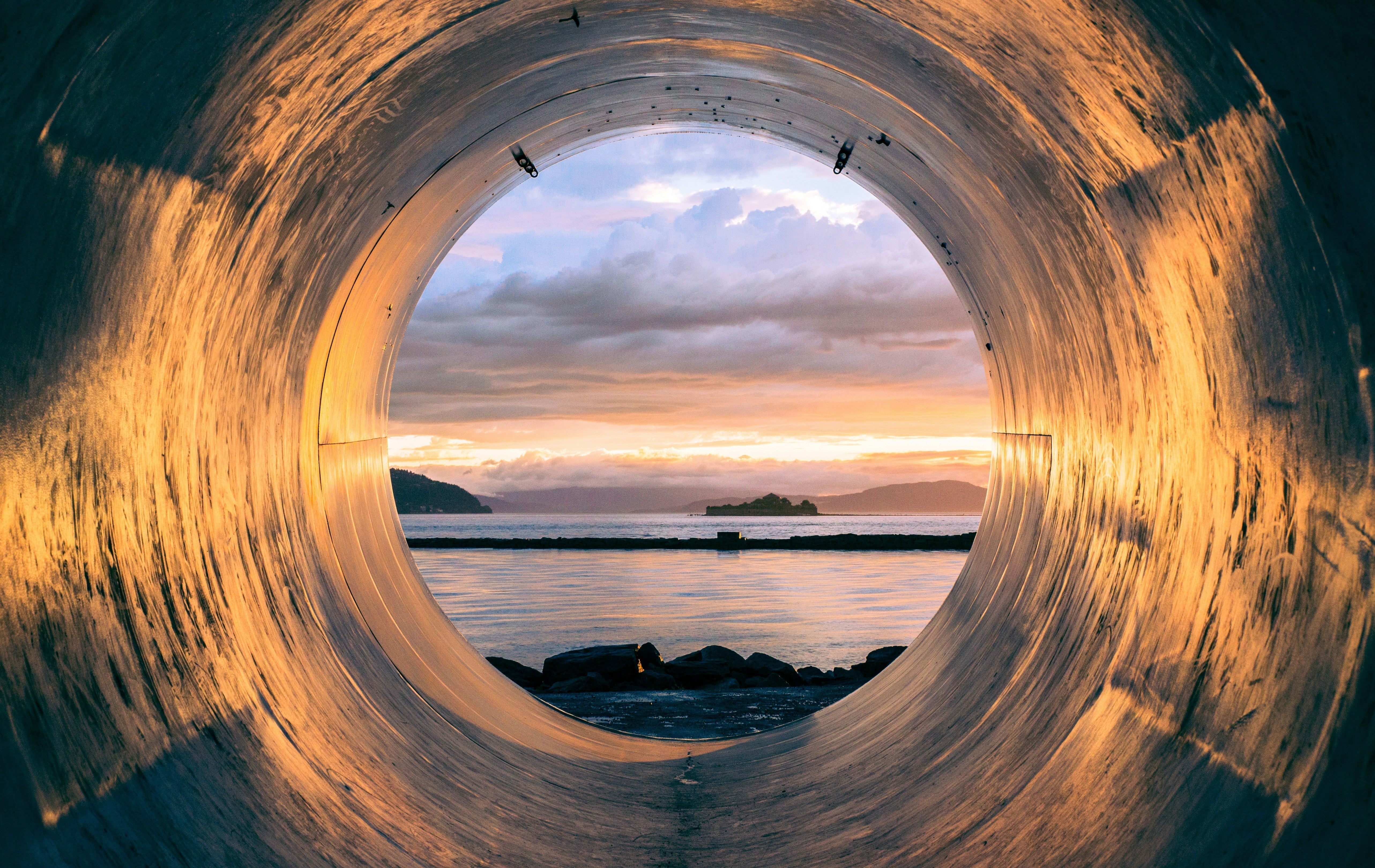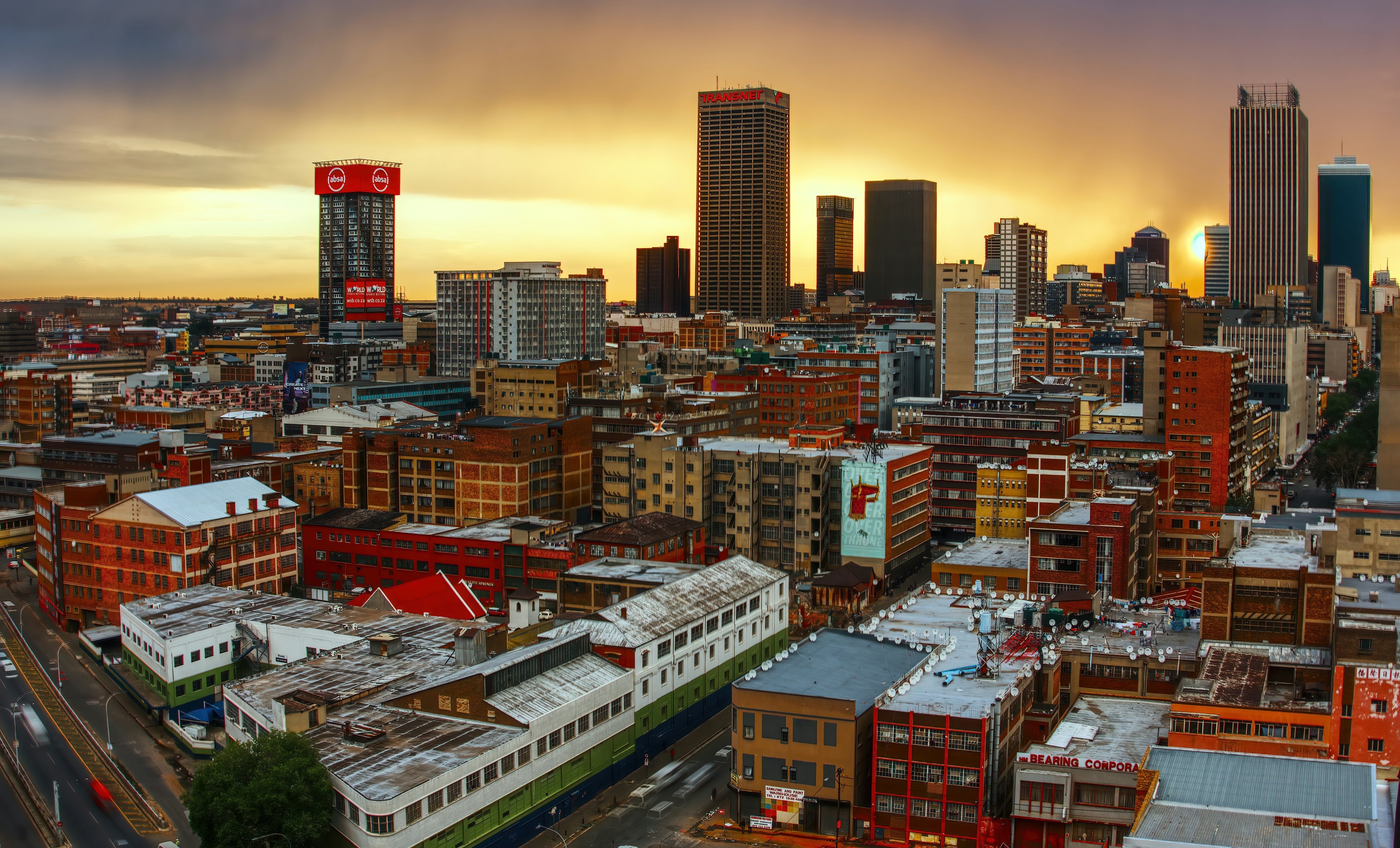Why Water Quality Varies So Much Between South African Cities

One country, many water realities
In South Africa, your water quality depends heavily on where you live. The Department of Water and Sanitation’s Blue Drop 2023 report shows significant differences between cities — from Cape Town’s near-perfect 98.7% score to Matjhabeng’s high-risk 52.4%.
These differences aren’t random. They’re the result of a complex mix of water sources, treatment processes, infrastructure quality, and management practices.
Source: Blue Drop National Report 2023 – Department of Water and Sanitation
1. Where your water starts: the source
South Africa’s cities rely on a variety of water sources:
- Surface water (dams, rivers) – common in Cape Town, Durban, Johannesburg
- Groundwater (boreholes, aquifers) – important for smaller metros and drought-prone areas
- Blended supply – some cities mix sources to balance quality and volume.
Source water affects mineral content, potential contaminants, and treatment needs. For example, river water after heavy rains may carry more sediment and organic matter than groundwater.
2. The treatment plant factor

The Blue Drop Report measures how well municipalities treat their source water to meet national microbiological and chemical safety standards.
Treatment plant performance depends on:
- Technology – older plants may lack advanced filtration or disinfection systems.
- Maintenance – neglected facilities can see efficiency drop.
- Operator skill & staffing – well-trained teams catch problems early.
High-scoring cities like Cape Town and eThekwini combine modern infrastructure with consistent monitoring, while lower-scoring metros often struggle with underfunded or outdated plants.
3. The journey through the pipes

Even if water leaves the plant in perfect condition, it can degrade on the way to your home:
- Aging infrastructure – older pipes can leach rust and trace metals.
- Sediment build-up – restricts flow and releases particles into supply.
- Pressure fluctuations – can draw in contaminants through leaks.
The Blue Drop audit does not fully capture these post-treatment issues, which is why residents sometimes notice brown water or sediment despite “compliant” municipal results.
4. Climate and seasonal impact
Rainfall, drought, and temperature shifts can influence water quality:
- Heavy rain – increases turbidity (cloudiness) and microbial load.
- Drought – concentrates minerals and contaminants in shrinking supplies.
- Heat – accelerates bacterial growth in stagnant pipes.
Cities with variable climates, like Nelson Mandela Bay, face different challenges compared to high-rainfall metros like Durban.
5. Governance, budgets, and priorities
Water quality is also shaped by local governance:
- Budget allocation – money for plant upgrades, maintenance, and staff training.
- Monitoring frequency – catching and correcting problems quickly.
- Transparency – keeping residents informed about quality issues.
The Blue Drop 2023 findings show that cities with proactive, well-funded water departments consistently outperform those with chronic underinvestment.
What you can do as a resident
While you can’t control the municipal system, you can:
- Stay informed via your city’s water quality updates.
- Download your city’s full water report.
- Use point-of-use filtration if you live in a high-risk or inconsistent area.
Learn more about your city’s water
We’ve summarised the official Blue Drop 2023 results for 12 major South African cities — so you can see exactly how your water ranks, what’s in it, and what that means for your home.



